22 September 2017
The human side of volcanology at IAVCEI 2017
Posted by Jessica Ball
Every four years, the volcanological community gets together somewhere in the world to spend a week (or two) talking about…you guessed it, volcanoes. Past meetings of the International Association of Volcanology and Chemistry of the Earth’s Interior (phew) have been held in places like Iceland and Japan, and this year’s gathering happened in Portland, Oregon where – on a good day – you can see multiple Cascade stratovolcanoes.
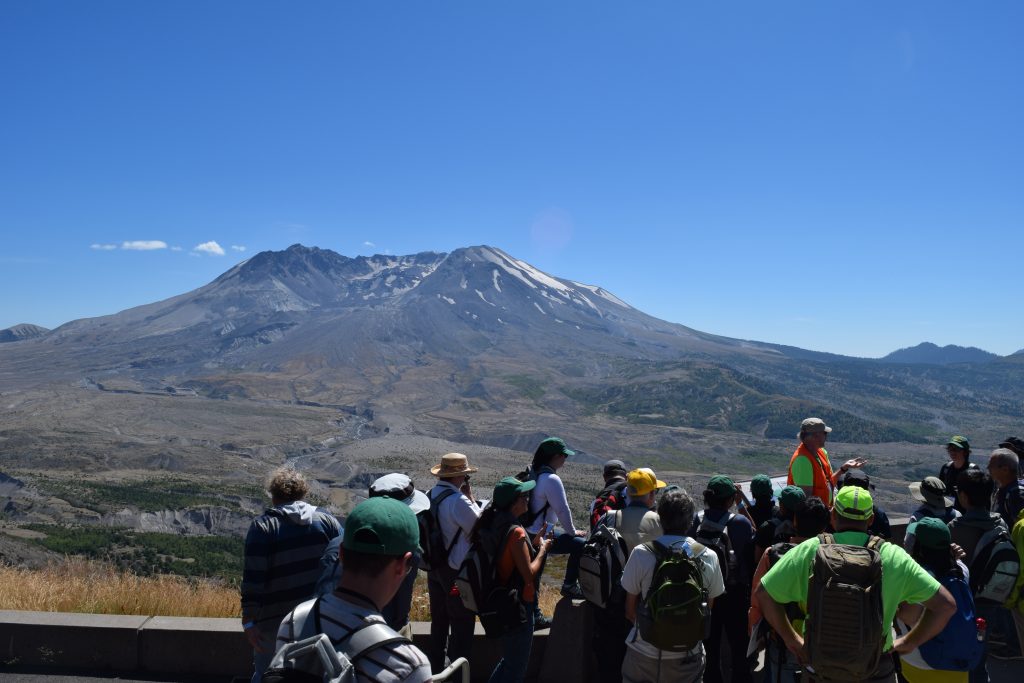
A crowd of volcanologists talking about the 1980 Mount St. Helens eruption at the Johnston Ridge Observatory
As I’ve mentioned before, science doesn’t happen in a vacuum. As useful as email and videoconferencing are, there’s nothing to replace face-to-face interaction with your peers. A scientific conference is a chance to sit down and listen, learn, argue, debate, and brainstorm with the best of your field. If it’s a productive conference, you come away with new collaborations, renewed enthusiasm for ongoing work, and a better understanding of what’s new, innovative and game-changing in your field.

Discussions going on beneath the Foucault Pendulum at the Oregon Convention Center during IAVCEI 2017
Volcanology is, at its heart, a science dedicated to saving lives. Volcanoes are a dangerous part of our world, and every step we take to understand how they work and why is a step toward preventing or mitigating a future disaster. Everything from deep mantle processes to conduit dynamics to volcanic lightning is a bit of knowledge that might help save lives, protect property and infrastructure, and make society as a whole more resilient to volcanic hazards.
Because volcanology – like any ‘disaster science’ – occupies a special intersection of geologic processes and human impacts, there is an inherent social science aspect in its practice. In my opinion, those who do science to better understand natural hazards must also remember that people are the ones who will benefit from it. This usually plays (in a very cursory way) into the broader impacts section of a grant application, but it’s becoming increasingly obvious to me that plunking social science in only at the end of a ‘hard’ science study isn’t the way to go. (The social scientists have been telling us this for years, and I can only imagine how frustrating it’s been for them!)
This is not to say that your melt inclusion research has to include a community outreach plan, for example. But physical scientists sometimes, dismayingly, declare that the social sciences are too wishy-washy, or not ‘real’ science, or some other offhand dismissal – when the reality is that they have many valuable insights that could make our work more effective and useful. In fact, the NSF just spotlighted social science’s roles in dealing with recent weather disasters, and one of the newest volcanology journals is dedicated not only to the science of volcanoes but their societal impacts.
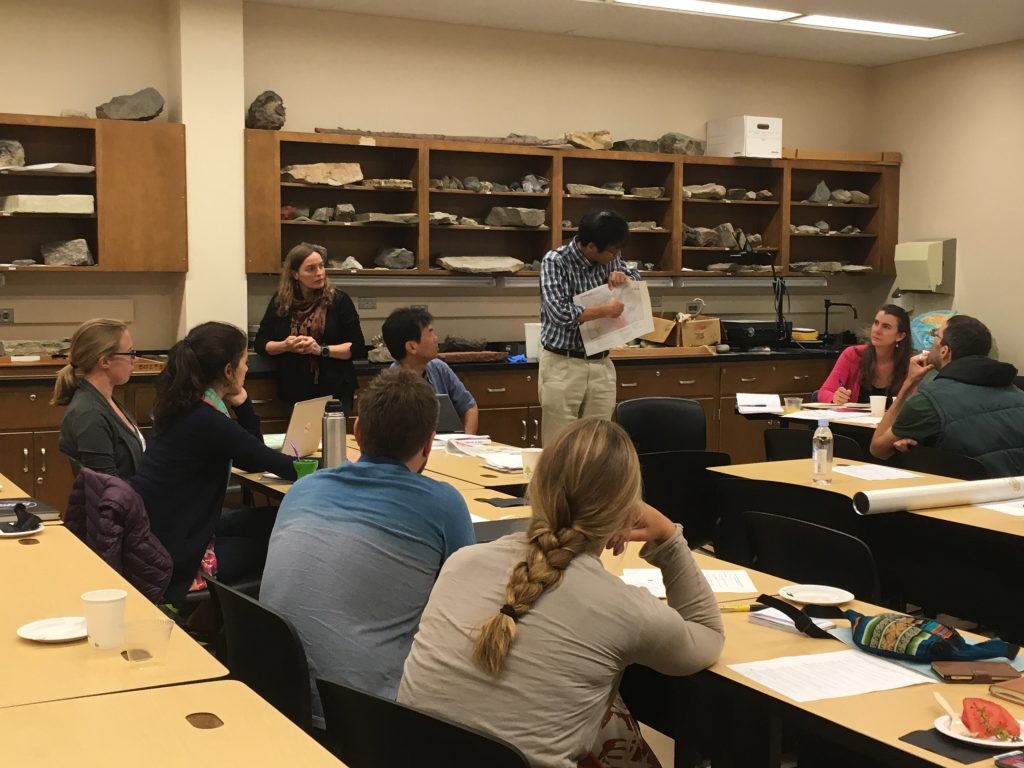
Dr. Shinji Takarada describing a new Japanese volcanic hazard product to international colleagues in the State of the Hazard Map Workshop
Some great examples of incorporating social science into volcanology from the get-go were on display at IAVCEI 2017. There were workshops on hazard maps in which we had extensive discussions on how different cultures prefer to consume information about their volcanoes, talks about innovative ways to convey hazard information to interested non-scientists, and panels about working with emergency managers and other stakeholders during volcanic crises. Even the meeting decor got in on the action – geologic maps stood side-by-side with photo exhibits of the volcanoes they described, and an ESRI StoryMap booth guided visitors through a visual journey of Cascade volcanoes.
In recent months, I’ve taken on some new projects at the USGS that involve hazard assessment and science communication, and I’m finding myself in that familiar state of realizing how much I don’t know that I wish I did! Fortunately, one of the things you learn as a grad student is how to fix that problem. Listening to my more experienced colleagues at the IAVCEI meeting talk about integrating social science into volcanology opened my eyes to new angles I could take, and I made valuable connections that I know will be useful in my ongoing self-education.
Here’s to the social volcanologists!


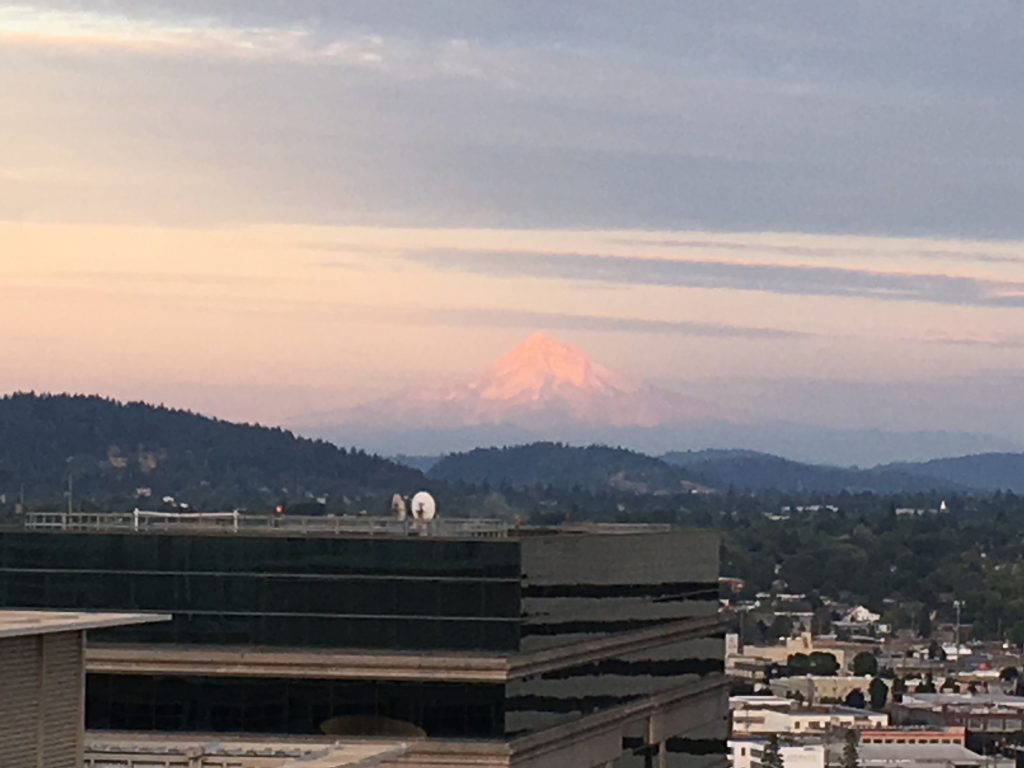
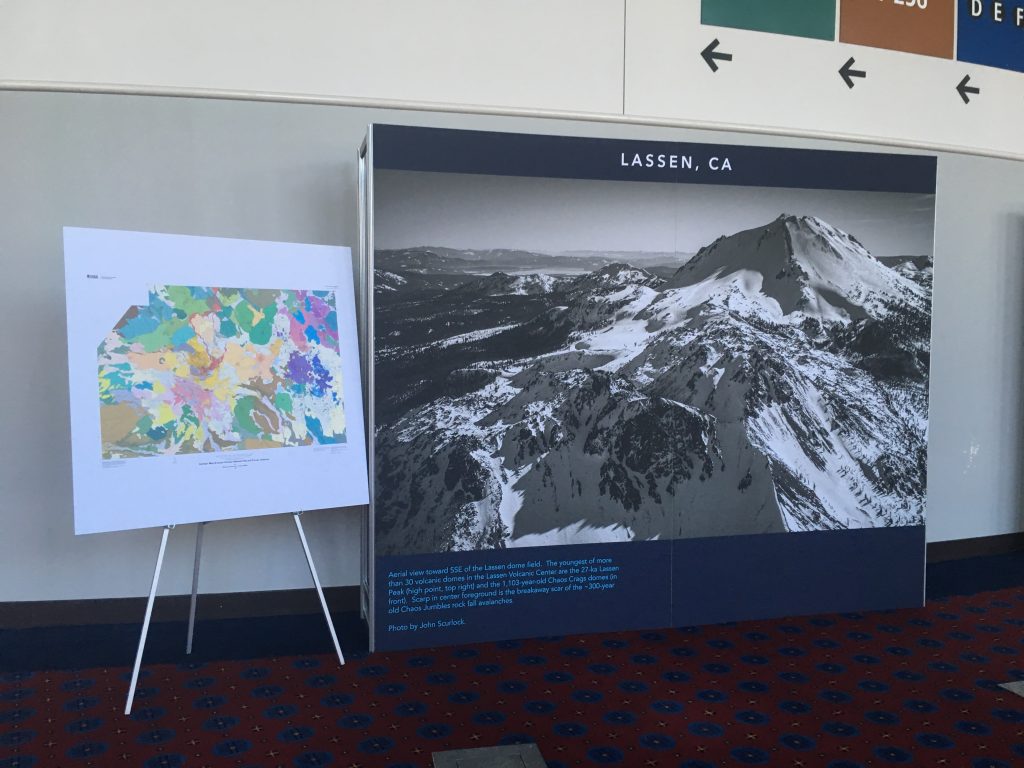
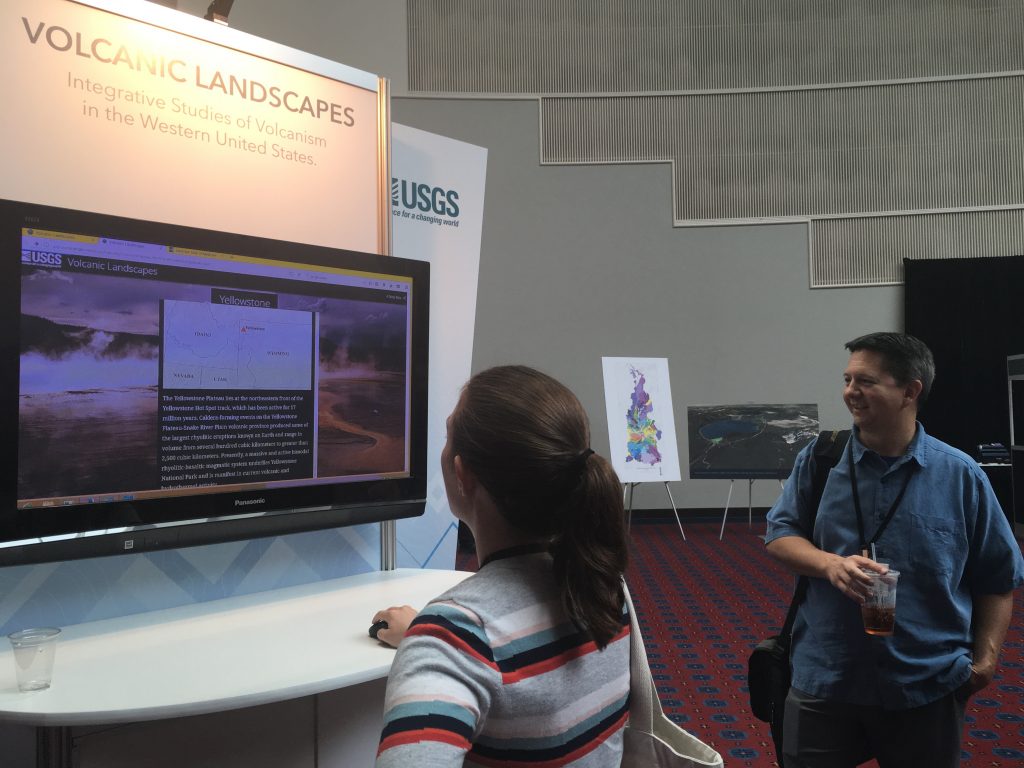
 Jessica Ball is a volcanologist at the U.S. Geological Survey, researching volcanic hydrothermal systems and stability, and doing science communication for the California Volcano Observatory. She previously worked at the Geological Society of America's Washington DC Policy Office, learning about the intersection of Earth science and legislative affairs. Her Mendenhall postdoc and PhD focused on how water affects the stability of volcanoes, and involved both field investigations and numerical modeling applications. Her blogging covers a range of topics, from her experiences in academic geosciences to science outreach and communication to her field and lab work in volcanology.
Jessica Ball is a volcanologist at the U.S. Geological Survey, researching volcanic hydrothermal systems and stability, and doing science communication for the California Volcano Observatory. She previously worked at the Geological Society of America's Washington DC Policy Office, learning about the intersection of Earth science and legislative affairs. Her Mendenhall postdoc and PhD focused on how water affects the stability of volcanoes, and involved both field investigations and numerical modeling applications. Her blogging covers a range of topics, from her experiences in academic geosciences to science outreach and communication to her field and lab work in volcanology.